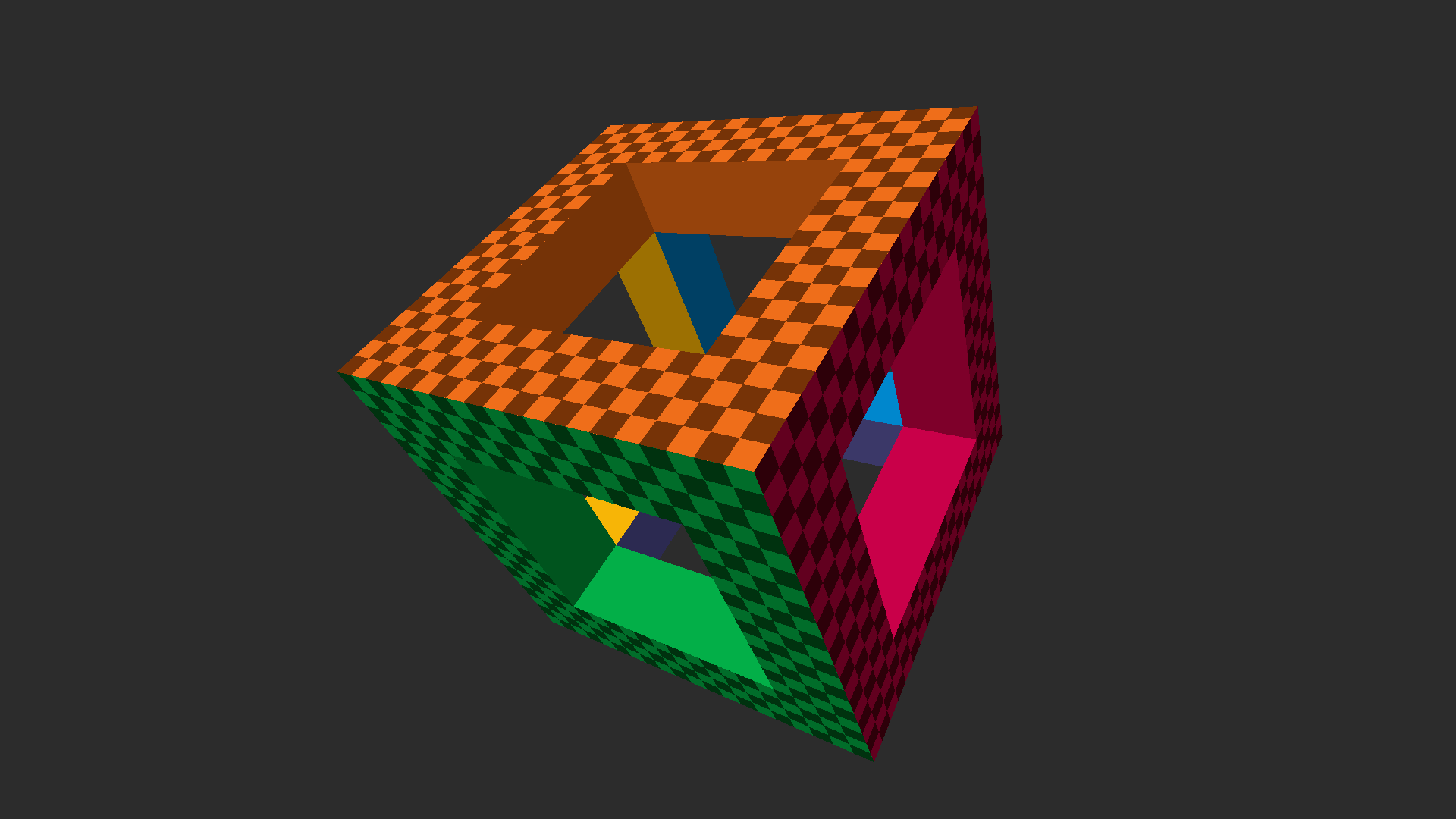Minimal D3D11 reference implementation: An uncluttered Direct3D 11 setup & basic rendering primer / API familiarizer. Complete, runnable Windows application contained in a single function and laid out in a linear, step-by-step fashion that should be easy to follow from the code alone. ~215 LOC. No modern C++ / OOP / obscuring cruft. View on YouTube
| #include <stdio.h> | |
| #include <stdlib.h> | |
| #include <stdint.h> | |
| #include <stdbool.h> | |
| #if defined(__linux) | |
| #define HAVE_POSIX_TIMER | |
| #include <time.h> | |
| #ifdef CLOCK_MONOTONIC | |
| #define CLOCKID CLOCK_MONOTONIC |
| // window.event.character_input -- // note(matias): not always triggered by keydown | |
| case WM_CHAR: { | |
| State& state = *(State*)GetWindowLongPtrW(hwnd, GWLP_USERDATA); | |
| uint32_t ch = (uint32_t)wParam; | |
| // note(matias): searching for utf-16 in wikipedia helps a lot here | |
| // ch.is_printable? | |
| if ((ch >= 32 && ch != 127) || ch == '\t' || ch == '\n' || ch == '\r') { |
| package main | |
| import "core:fmt" | |
| foreign import objc "system:objc" | |
| foreign import cg "system.CoreGraphics.framework" | |
| @force foreign import _appkit "system:Appkit.framework" | |
| main :: proc() { |
| package main | |
| import "core:os" | |
| import "core:fmt" | |
| import "core:strings" | |
| import "core:strconv" | |
| import "core:container" | |
| import "core:unicode" | |
| main :: proc() { |
| from sublime import Region, Settings, load_settings | |
| import sublime_plugin | |
| from itertools import tee, chain | |
| try: | |
| from itertools import izip as zip | |
| except ImportError: # will be 3.x series | |
| pass |
| # frozen_string_literal: true | |
| require "dotenv/load" | |
| require "graphql/client" | |
| require "graphql/client/http" | |
| module GitHub | |
| # -1- Initialize client | |
| HTTP = GraphQL::Client::HTTP.new("https://api.github.com/graphql") do | |
| def headers(context) |
| %YAML 1.2 | |
| --- | |
| # Derived from https://github.com/i-akhmadullin/Sublime-CSS3 | |
| name: CSS | |
| file_extensions: | |
| - css | |
| - css.erb | |
| - css.liquid | |
| scope: source.css | |
| variables: |
There are, in my mind, probably only two broad categories in the entire history of the last two hundred and fifty years where people actually came up with new things and made money doing so. One is these sort of vertically integrated complex monopolies which people did build in the second industrial revolution at the end of the nineteenth and start of the twentieth century. This is like Ford, it was the vertically integrated oil companies like Standard Oil, and what these vertically integrated monopolies typically required was a very complex coordination, you've got a lot of pieces to fit together in just the right way, and when you assemble that you had a tremendous advantage. This is actually done surprisingly little today and so I think this is sort of a business form that when people can pull it off, is very valuable.
It's typically fairly capital intensive, we live in a culture where it's very hard to get people to buy into anything that's super complicated and takes very long to build. When I think of
| class EraserController < ApplicationController | |
| include ShopifyApp::WebhookVerification | |
| def customer | |
| params.permit! | |
| # We don't store Shopify customer info. | |
| head :ok | |
| end |
